Astronaut Brings Ashes and Photos of 9/11 Victim to Space to Fulfill His Lifelong Dream of Orbiting For NASA
NASA has helped a family filled a 9/11 victim's dream to go up into space. His name was Chad Keller. Here's his story.
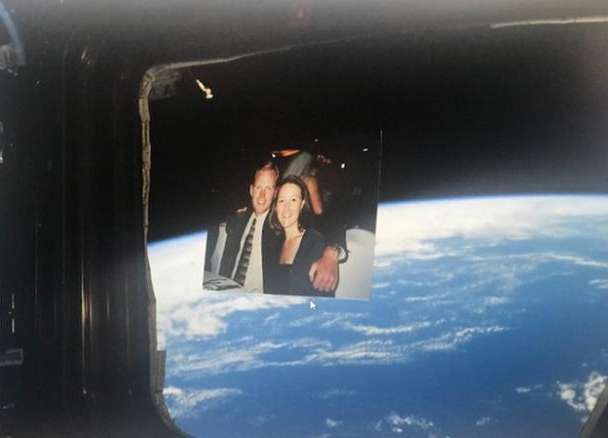
NASA has helped a family filled a 9/11 victim's dream to go up into space. His name was Chad Keller. Here's his story.
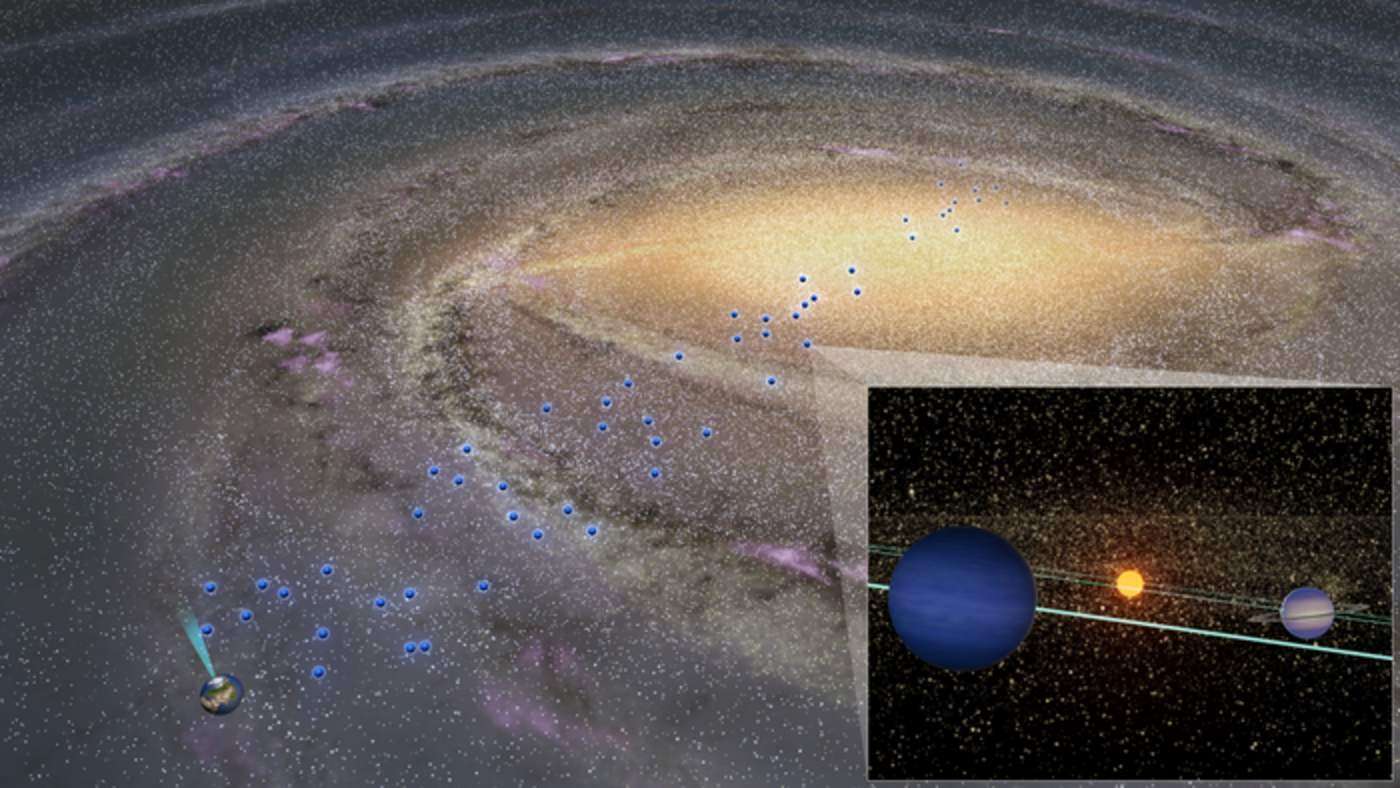
Osaka University and NASA find new information about the distribution of cold planets in the Milky Way.
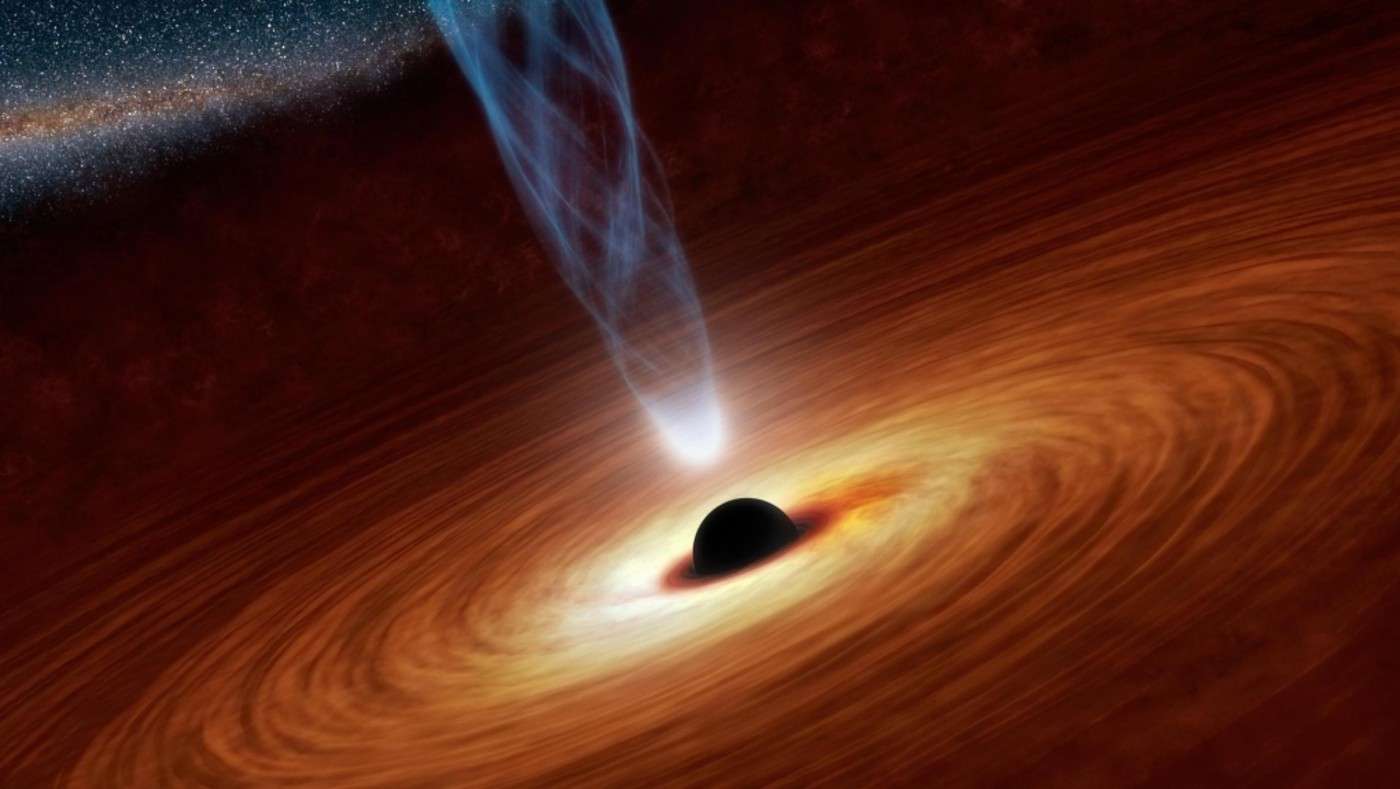
Stanford astronomers have discovered how to see X-rays reflected from the opposite side of a black hole, and once again, Einstein was right.
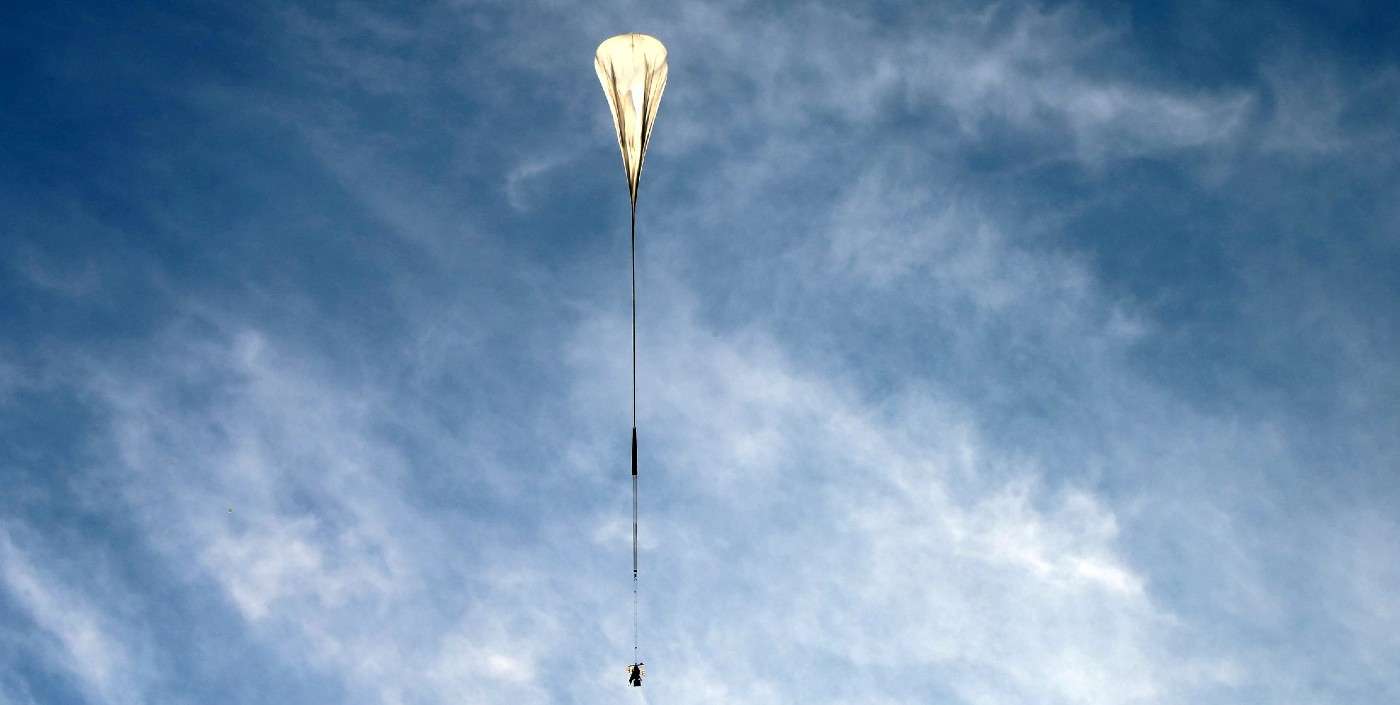
A collaboration between NASA, the Canadian Space Agency, Durham, Toronto, and Princeton universities, SuperBIT will launch in April.
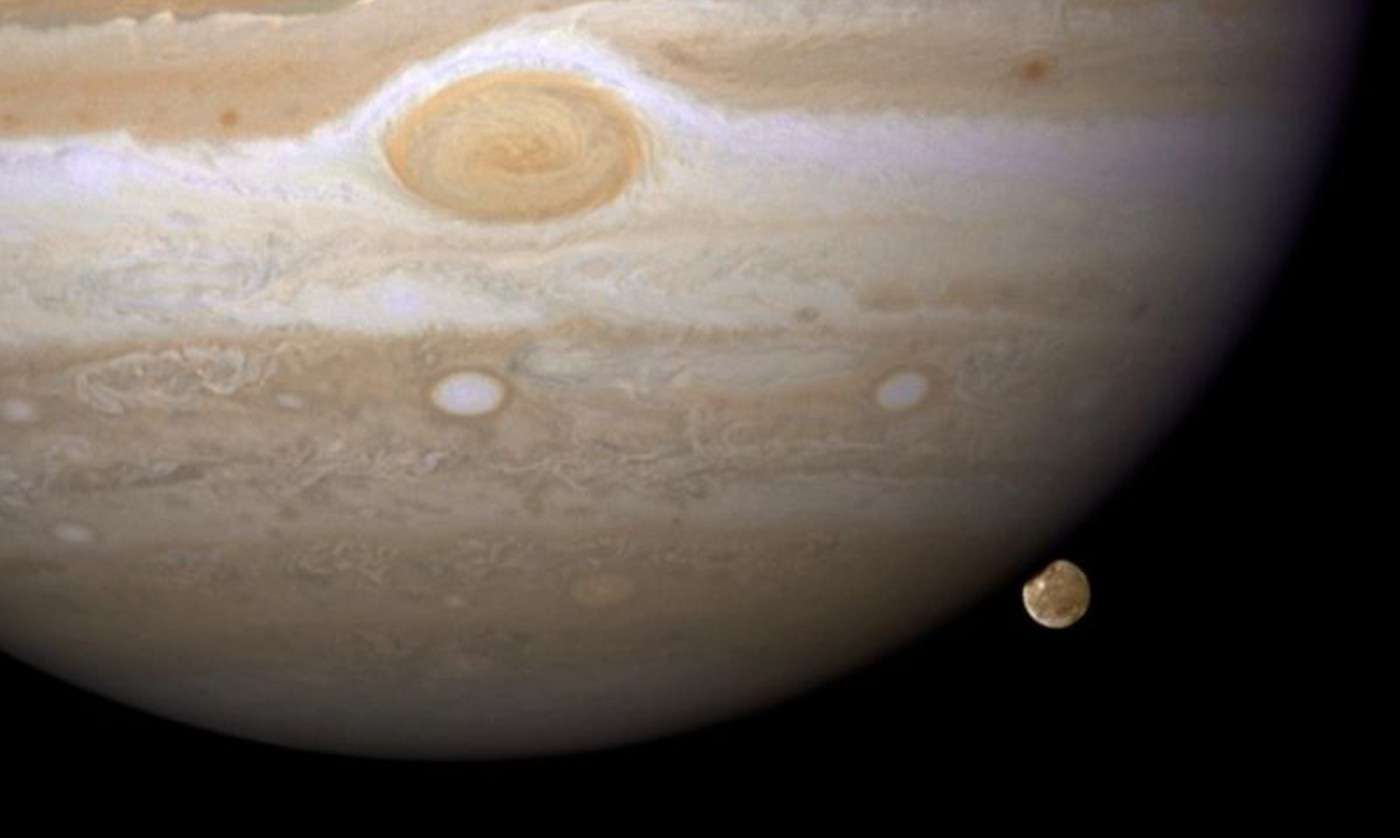
An amateur astronomer has become the first to find a moon in our solar system - the 80th such body to orbit Jupiter and part of the Carme group
Thanks to the InSight lander's patient measuring, scientists have mapped the Martian crust, lithosphere, and core for the first time.
Here's where and when to watch the Perseid meteor shower this July and August in the Northern Hemisphere. Enjoy the show.
The latest and longest flight by the Ingenuity Mars Helicopter beamed back color images of the Martian landscape from 33 feet in the air.
Audio and video of China's recently landed Mars rover has been released—the first ever footage of a rover driving on the Red Planet.
There is a 5 planet alignment all June. And on June 24- the waning crescent moon will be in alignment between Venus and Mars.
Friedrich-Alexander-Universität Erlangen-Nürnberg researchers have captured for the first time an explosion of a white dwarf star.
If any humans had been alive 2 to 4 billion years ago, they may have looked up and seen a sliver of frost on the moon's surface. It may still be there.
Food has been grown in soil collected from the moon for the first time, paving the way for human migration across the solar system.
A Rutgers research study has provided a new explanation of how dunes can form even on a surface as icy and roiling as Io's at Jupiter.
The burning disk around the dark center betrays the presence of the black hole Sag. A, 26,000 miles away at the center of the Milky Way
The NASA Mastcam-Z camera recorded video of Phobos, one of the Red Planet's two moons, to study how its orbit is changing over time.
Night sky fans are in for a treat-a total lunar eclipse is coming to parts of the planet from May 15-16, and then there is a Mars-Neptune conjunction.
Radiating from the constellation Aquarius, the meteor shower will peak around May 4th, 5th, and 6th, and can be seen looking south or up.
NASA's Hubble Space Telescope announced their latest discovery—the farthest individual star ever seen to date.
Two papers significantly alter our understanding of black holes and resolve a problem that has confounded scientists for nearly half a century.
Recent Stories
A Heartfelt Reminder to Appreciate the Ones We Love
Cherish the Woman Who Stands by You
Breaking Generational Cycles of Pain
Living by Your Own Values, Not Others' Approval
When Life Brings Rain, It’s Okay to Rest
Before You Judge Someone's Life, Take a Moment to Walk in Their Shoes.
A Friend Who Spreads Gossip is Not a True Friend at All
The Value of Human Connection Over Digital Convenience
The Quiet Kind of Love
One Day, Your Mom Won’t Call You Anymore
I’ve reached a point in my life...
Happiness is a mindset, a conscious choice we make every day